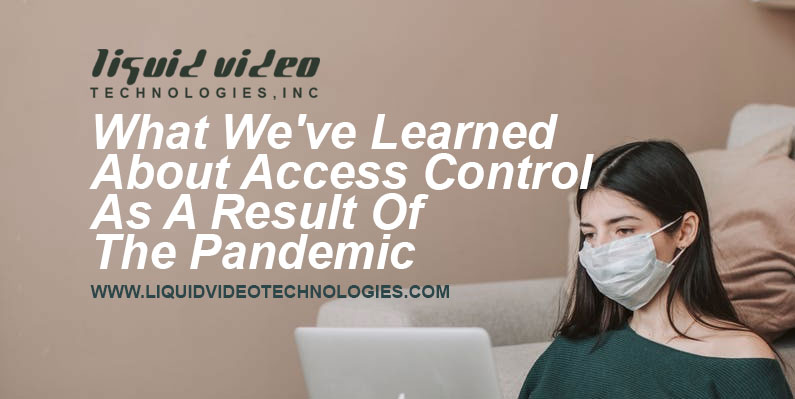As a cloud-based visitor management provider for enterprise companies worldwide, my team and I have always been vigilant in keeping the lines of communication open with our clients. This is especially true since March 11, 2020, when the World Health Organization (WHO) declared Covid-19 a global pandemic. Since then, I’ve had countless conversations with business leaders and customers in essential industries. And as we all continue to make adjustments every day and for the foreseeable future, it’s become clear that some things will never go back to the way they were before, including access control. I believe this to be a good thing because it means the reentry phase for the eventual return to work across the globe will require extra attention to keep everyone safe.
Here are a few key learnings we took away from our experience helping businesses get “return-ready:”
1. There are more similarities than differences when it comes to health and safety.
Among the many observations my team made, there are two similarities:
- Return-to-work playbooks are similar across every industry.
- Access control systems and visitor management systems are converging to meet the “new norm” in health and safety procedures in the workplace
Specifically, we’re talking about the business-critical nature of managing the flow of visitors and regulating visitor access for the sake of everyone’s health and safety. In other words, paper logbooks and clipboards at your front desk won’t cut it anymore.
Reducing the amount of surface contact between people and things whenever and wherever possible can help minimize the spread of Covid-19. So, you’ll need to control the “people flow” and physical access in and around your facilities. This is where the digital interfaces possible between the two technologies — access control systems and visitor management systems — are sparking new ways to accelerate notions of security and safety in the return to work.
2. The touchless experience has arrived.
The expectations of safer, touchless transactions are now higher at every part of the visitor journey. For example, even the modern iPads that replaced visitor sign-in sheets are being used differently or have been removed entirely so there’s one less piece of hardware for visitors to touch. QR codes, facial recognition or even just a wave of your hand can open turnstiles or take you up and down elevators. The near-perfect touchless experience is here.
Gone are the days of “set it and forget it,” where you’d install an access control system and let it just sit there for a decade or three. The stereotypes around access control are being disproved, as many of the leading providers are stepping up to meet the changing health and safety needs of offices and product sites around the world.
3. Visitor data needs to be accessible, reported and protected.
For successful business continuity and due diligence in risk management, there is much emphasis on the need to easily report on visitor data. In fact, many organizations must retain copies of their visitor health screenings for specific periods of time in case of contact tracing incidents. Again, this is where integrations between access control and visitor management can alleviate time constraints when every minute counts in containing a possible outbreak. By standardizing the way you collect your visitor information, you can use it to take preemptive action and quickly communicate with your visitors.
In addition, we’ve learned businesses are conscious of the risks involved in noncompliance with data privacy regulations. From GDPR to CCPA, data retention periods are top of mind for data privacy champions and compliance officers alike. Although Covid-19 is requiring more visitor information to be collected, we cannot compromise on visitor privacy. It’s critical that visitor information is deleted once it’s no longer needed. And if you can automate the data deletion, then you lower the margin of human error and everybody is safer for it.
The pandemic has forced us all to rethink the role of visitor management in the workplace. This overlap between two industries is a welcome one, and we should consider ourselves lucky to have these smart technologies at our fingertips. Together, we can help people everywhere prioritize health and safety in their return readiness.
Article Provided By: Forbes
![]()
If you would like liquidvideotechnologies.com to discuss developing your Home Security System, Networking, Access Control, Fire, IT consultant or PCI Compliance, please do not hesitate to call us at 864-859-9848 or you can email us at deveren@liquidvideotechnologies.com.


Recent Comments